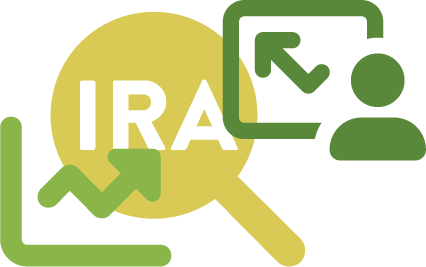What you need to know about the Roth 401(k) catch-up for 2026

The end of the year is always a great time to re-evaluate your financial strategy. With recent changes in Internal Revenue Service rules governing 401(k) catch-up contributions, it’s even more crucial to do so this year.
Due to new IRS rules issued this summer that will begin to take effect in 2026, 2025 is the last year older high-income earners can make pre-tax “catch-up” contributions to their 401(k)s.
For 2025, these rules still apply: people ages 50 to 69 are allowed an extra $7,500 a year in pre-tax “catch-up” contributions to their 401(k)s. For those ages 60 to 63, a “super catch-up” of up to $11,250 is permitted.
Moving forward in 2026, individuals earning more than $145,000 per year who make catch-up contributions will be required to do so to an after-tax Roth account.
The tax implications are obvious. High earners could see more taxable income in the coming years, because the catch-up contributions will no longer be made pre-tax. This also has the potential to affect whether earners are eligible for other tax breaks that phase out at higher income levels. The tax burden could be lower in retirement years, though, because Roth contributions are not taxed on withdrawal.
There are other complications in the new rules, too. The income threshold will apply on an employer-by-employer basis. In other words, for people who have two jobs, if their income is below the $145,000 threshold at both employers individually, they’ll still be eligible for the full catch-up amount pre-tax.
There’s also a one-year lookback. Determination of eligibility will be based on earnings from the previous year at the same employer. That makes it even more crucial to plan ahead starting now.
At Hobbs Group Advisors, we’re ready to help you navigate this significant change. We can review your financial picture, make projections, formulate recommendations for this year and beyond, and help guide you toward your goals.


